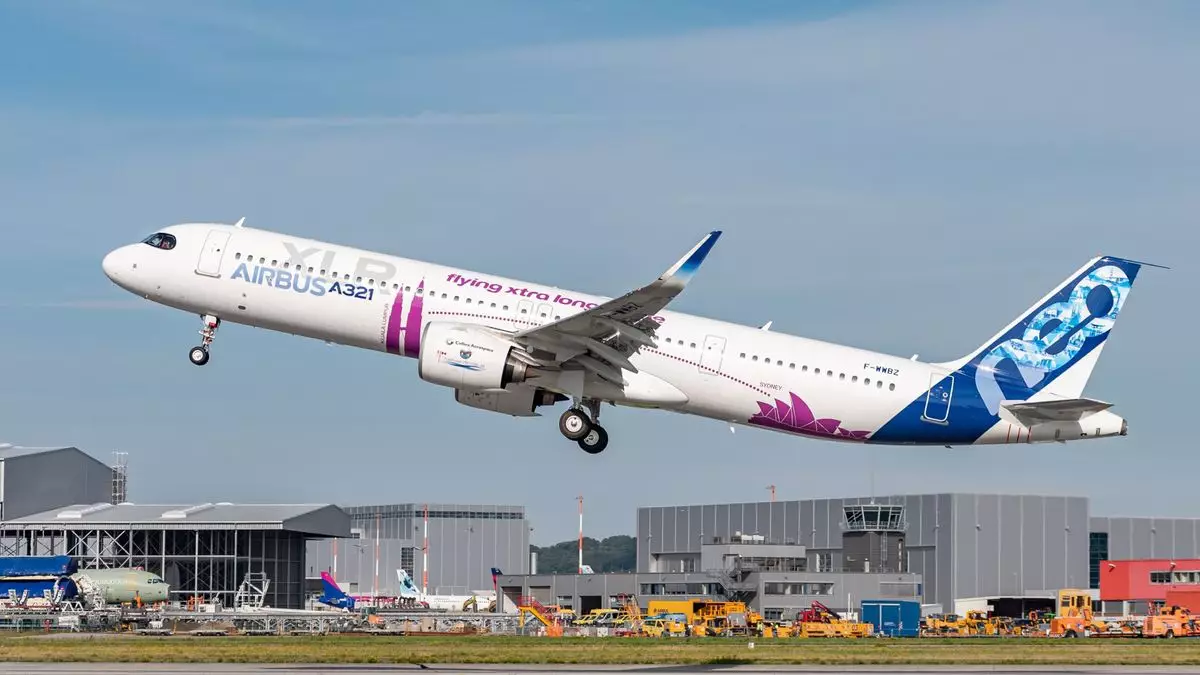The aviation industry faces a monumental hurdle as the backlog of commercial aircraft orders has surged past 17,000 planes, according to the International Air Transport Association (IATA). This staggering figure translates to a staggering 14-year wait at current production rates, raising significant concerns within the industry. As we stand at the crossroads of recovery and growth, this backlog has not merely stalled new aircraft deliveries; it is reshaping the entire operational landscape for airlines globally. The consistent shortfall in aircraft production targets is leading to increasingly aging fleets, a trend that was highlighted during IATA’s recent Annual General Meeting in New Delhi.
The statistics are telling: the average age of commercial aircraft in service has increased from 13 years in 2015 to 15 years today. This elongation in the lifespan of existing fleets poses both operational risks and financial implications for airlines, which struggle to meet the demands of an evolving market. It’s a clarion call for manufacturers like Boeing and Airbus—whose delivery forecasts for this year were set at 1,430 planes yet only managed to deliver 359 within the first four months—that the industry’s growth is being held hostage by a bulging backlog.
Predictability Challenges: The New Normal
The unpredictability of aircraft deliveries is now a persistent concern for airlines. As Nick Careen, IATA’s Senior Vice President of Operations, aptly noted, “You order an aircraft today, your guess is as good as mine when you’re going to receive it.” This uncertainty is compounded by a host of issues, notably supply chain disruptions, labor shortages, and sourcing difficulties, particularly regarding titanium and essential spare parts.
With the fleet replacement rate slowing to a mere fraction—only about half of the prior 5% to 6% average seen in 2020—the situation has prompted criticism directed at aircraft manufacturers. IATA Director General Willie Walsh has spotlighted these delays as a significant impediment to aviation growth and efficiency. The industry is now grappling with the negative fallout of grounded planes awaiting inspections, particularly concerning Pratt & Whitney GTF engines—adding yet another layer to the crisis.
Mixed Perspectives: Delays as Opportunities?
Interestingly, not all voices in the aviation community view these delivery delays negatively. IndiGo’s CEO, Peter Elbers, has vocally expressed the detrimental impact of the current situation on market opportunities. “It’s a missed opportunity in terms of addressing the market demand,” he argued. However, contrasting perspectives arise from industry analysts like Steve Saxon from McKinsey, who posits that these delays might inadvertently be a boon for existing airlines.
Reduced growth rates are driving airlines toward higher profitability by effectively controlling market supply and boosting fares. Last year, the airline sector earned a staggering net profit of $32.4 billion—an unexpected windfall amidst the chaos. Walsh himself acknowledged that within the challenging landscape, the sluggish pace of deliveries might possess a silver lining, indicating a complex relationship between supply issues and profitability.
Ultimately, while the aviation sector confronts formidable challenges in aircraft production, the potential benefits of managing capacity during turbulent times cannot be overlooked. The balance between growth and profitability will be a focal point for the industry as it attempts to navigate an uncertain future.


Leave a Reply